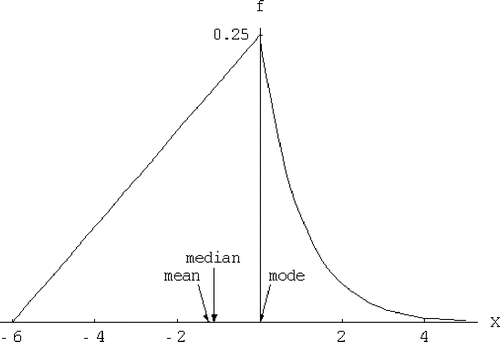Figures & data
Figure 1. Classic illustration of the relationship between skew, mean, median, and mode. The skew is to the right, the mean is right of the median, and the median is right of the mode. The density shown is the chi-square with 3 degrees of freedom.
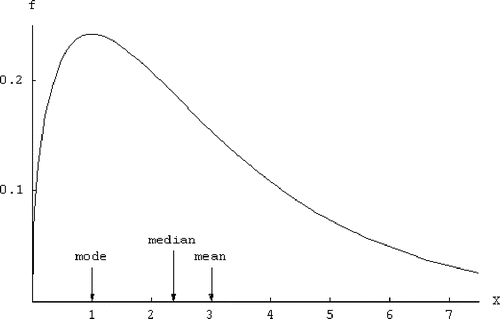
Figure 2. Distribution of adult residents across US households. The skew is to the right (1.11), yet the mean is left of the median and mode.
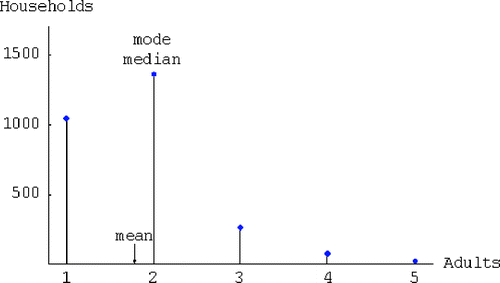
Figure 3. Spring 2000 reading scores from the Early Childhood Longitudinal Study (Kindergarten cohort). The skew is slightly to the left (−0.22), yet the mean is just right of the median, and the median is right of the primary mode. (The density was estimated using a Epachenikov kernel and a Silverman bandwidth (CitationSilverman 1986).)
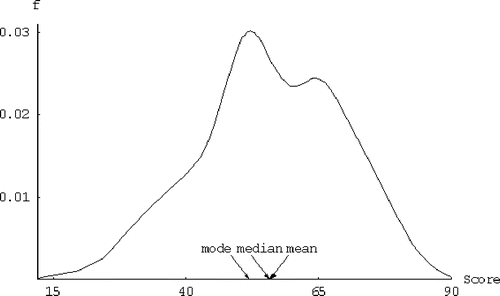
Figure 4. The mean, median, mode, and skew of the Poisson distribution, plotted as a function of the parameter μ (μ is also the mean). Although the skew is consistently positive, the mean is less than the median whenever μ mod 1 > ln(2).
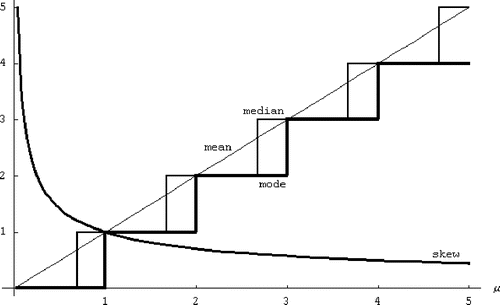
Figure 5. The Poisson distribution with μ = 0.75. The skew is to the right, yet the mean is left of the median.
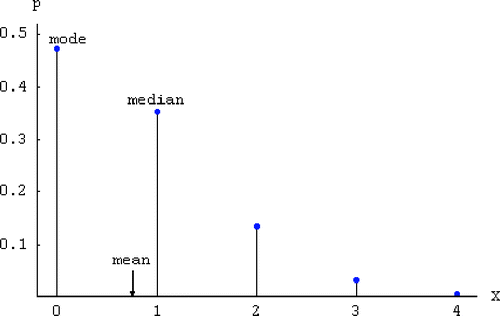
Figure 6. The mean, median, mode, and skew of a Weibull distribution with shape parameter . For
< 3.60 the skew is positive, yet for
> 3.26 the median is less than the mode, for
> 3.31 the mean is less than the mode, and for
> 3.44 the mean is less than the median. (Adapted from CitationGroeneveld 1986.)
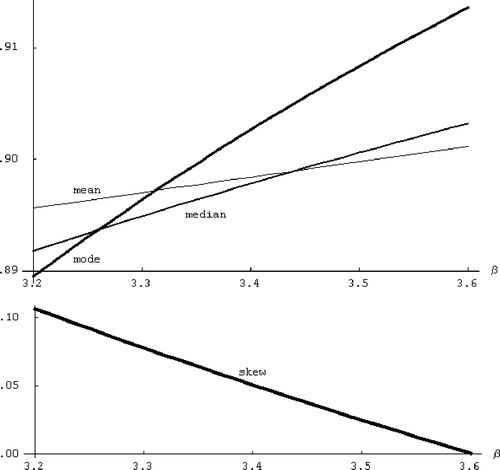
Figure 7. A Weibull density with shape parameter = 3.44. The skew is slightly to the right (0.04), but the mean is just left of the median, and the median is just left of the mode.
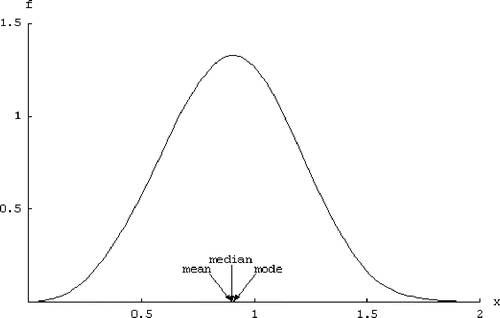
Figure 8. The mean, median, mode, and skew of a left-triangular, right-exponential continuous density with its mode at the origin. The parameter p determines what proportion of the area is in the triangular region. For p < 0.755 the skew is positive, yet for p > 0.5 the median is less than the mode, for p > 0.55 the mean is less than the mode, and for p > 0.61 the mean is less than the median.
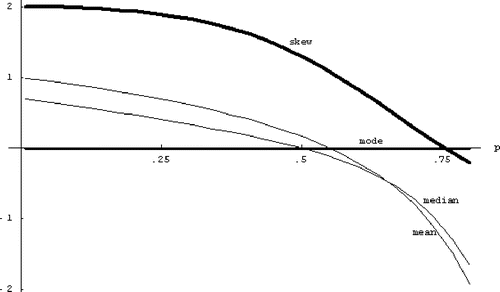
Figure 9. A 75% triangular, 25% exponential density. The skew is slightly to the right (0.023), but the mean is left of the median, and the median is left of the mode.
